Dispersant is a surfactant with two opposite properties, lipophilicity and hydrophilicity, in the molecule. It can evenly disperse the solid particles of inorganic and organic pigments that are difficult to dissolve in liquids, and at the same time prevent the sedimentation and agglomeration of solid particles, forming the agent required for stable suspension.
Aqueous dispersant is a chemical substance that disperses solid particles in water to form a colloidal solution, which achieves the dispersion of solid particles by reducing surface tension. High-efficiency and environmentally friendly aqueous dispersants are non-flammable, non-corrosive, soluble in water, and insoluble in organic solvents such as ethanol, acetone, and benzene.
Application fields of water-based dispersants
- Dye industry: water-based dispersants can be used to disperse dyes, improve the uniformity and solubility of dyes, and increase dyeing effects.
- Paint industry: water-based dispersants can be used to disperse pigments in paints to improve the quality and coating performance of paints.
- Printing industry: water-based dispersants can be used to disperse inks to improve the color vividness and pattern clarity of printed products.
- Electronics industry: water-based dispersants can be used to disperse particles in electronic materials to improve the performance and reliability of electronic components.
Aqueous dispersants are highly soluble, environmentally friendly and non-toxic, and are an important material widely used in various industries. It has important applications in dyes, coatings, printing, electronics, medicine and other industries, providing effective support for the development of various industries.

